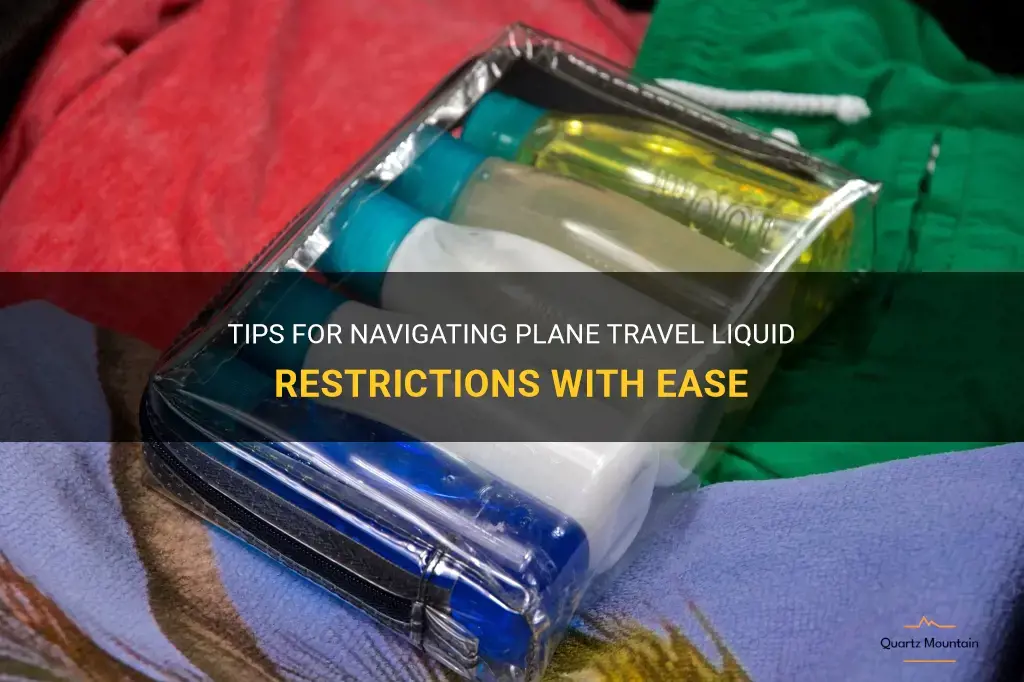
Are you familiar with the liquid restrictions when traveling by plane? If not, you might be surprised to learn that there are certain restrictions and guidelines in place for what you can bring in your carry-on luggage. These restrictions are in place for security reasons and are intended to keep passengers safe while flying. So next time you plan to travel by plane, make sure you know what you can and can't bring in your carry-on.
| Characteristics | Values |
|---|---|
| Liquids | 3.4 ounces or less |
| Containers | 1 quart-sized clear plastic bag |
| Bag per passenger | 1 bag |
| Exceptions | Medications, baby formula, breast milk |
| Additional Information | Must be placed in a separate bin for screening |
What You'll Learn
- What are the current liquid restrictions for plane travel?
- Can you bring any liquids in your carry-on bag, or are there specific restrictions?
- Are there any exceptions to the liquid restrictions, such as for medications or baby formula?
- How strictly are the liquid restrictions enforced at airport security?
- Are there any alternative options for carrying liquids on a plane, such as travel-sized containers or special screening processes?

What are the current liquid restrictions for plane travel?
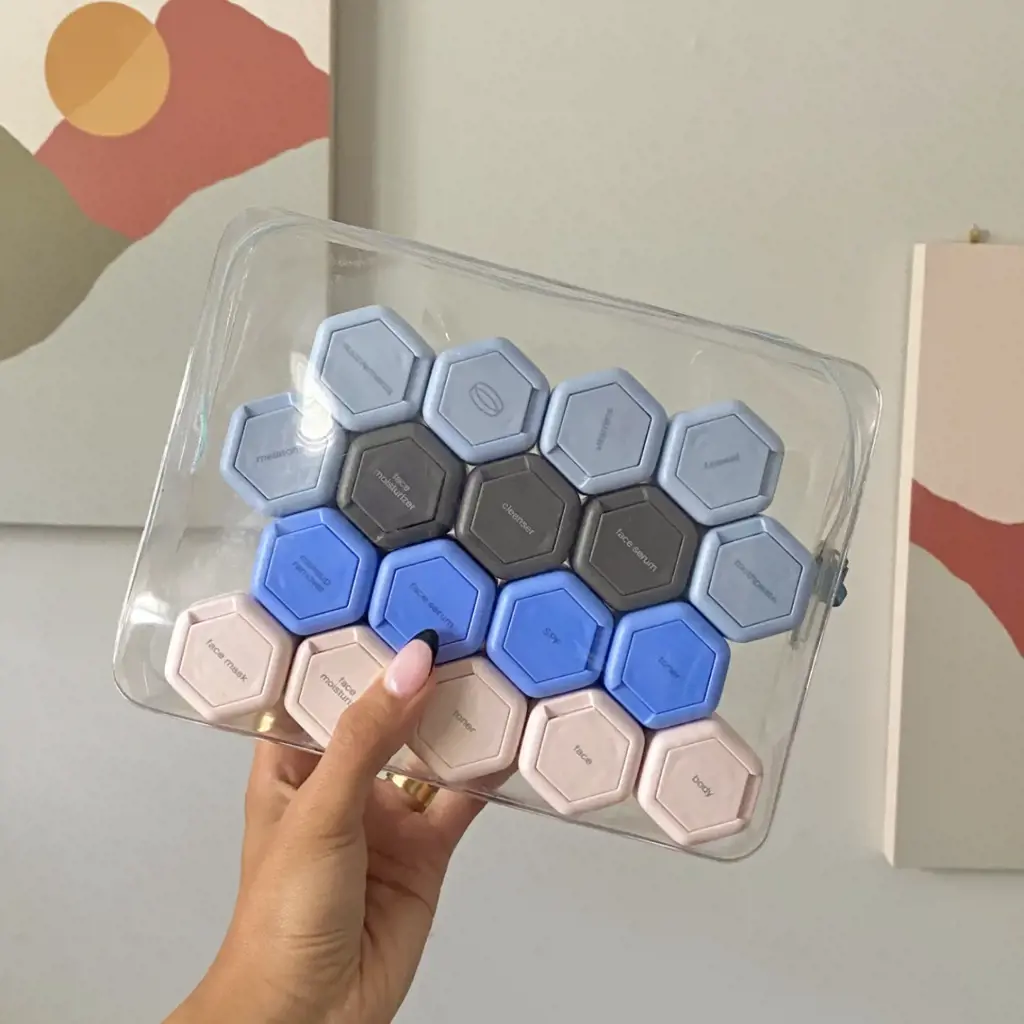
Traveling by plane can be an exciting experience, but it also comes with a set of rules and regulations that passengers must follow. One of these regulations is the restriction on carrying liquids in your hand luggage. These restrictions were put in place as a security measure to keep passengers safe and prevent potential threats.
So, what exactly are the current liquid restrictions for plane travel? Let's find out.
According to the Transportation Security Administration (TSA), passengers are allowed to carry liquids in containers that have a maximum capacity of 3.4 ounces (100 milliliters) or less. These containers must be placed in a clear, quart-sized plastic bag. Each passenger is allowed only one bag, and it must be presented separately at the security checkpoint for screening.
The 3.4-ounce limit applies to all types of liquids, including shampoo, conditioner, mascara, toothpaste, and other toiletries. It is important to note that the 3.4-ounce limit refers to the size of the container, not the amount of liquid inside. Even if your container is only half-full, it still needs to meet the size requirement.
Some common examples of liquids that need to be placed in the plastic bag include:
- Toiletries: This category includes items like shampoo, conditioner, lotion, and sunscreen. Make sure to pack small travel-sized bottles or purchase travel-sized toiletries at your destination to comply with the liquid restrictions.
- Cosmetics: Items like foundation, mascara, lipstick, and eyeshadow are also considered liquids and need to be placed in the plastic bag. Consider using travel-sized makeup or investing in a set of travel-friendly containers to transfer your favorite products.
- Beverages: If you plan on bringing a drink with you, it must also meet the liquid restriction guidelines. This means it should be in a sealed container with a maximum capacity of 3.4 ounces. Alternatively, you can purchase beverages after the security checkpoint.
It is important to remember that certain items are exempt from the liquid restrictions. These include medications, baby formula, breast milk, and juice for infants or toddlers. However, these items may be subject to additional screening at the security checkpoint.
To navigate the liquid restrictions efficiently, it is recommended to pack your liquids in an easily accessible and separate pouch. This way, you can quickly remove it from your bag during the security screening process, making it more convenient for both you and the TSA officers.
It's also worth noting that these liquid restrictions only apply to carry-on luggage. If you have larger quantities of liquids, you can pack them in your checked luggage without any restrictions. However, it is essential to ensure that your checked luggage is securely packed to prevent any leakage or damage during transit.
In conclusion, the current liquid restrictions for plane travel require passengers to pack their liquids in containers that have a maximum capacity of 3.4 ounces or less. These containers must be placed in a clear, quart-sized plastic bag and presented separately at the security checkpoint. By following these guidelines and being aware of the exemptions, you can have a smooth and hassle-free journey through the airport.
Exploring the Latest Caribbean Travel Restrictions: What to Know Before You Go
You may want to see also

Can you bring any liquids in your carry-on bag, or are there specific restrictions?
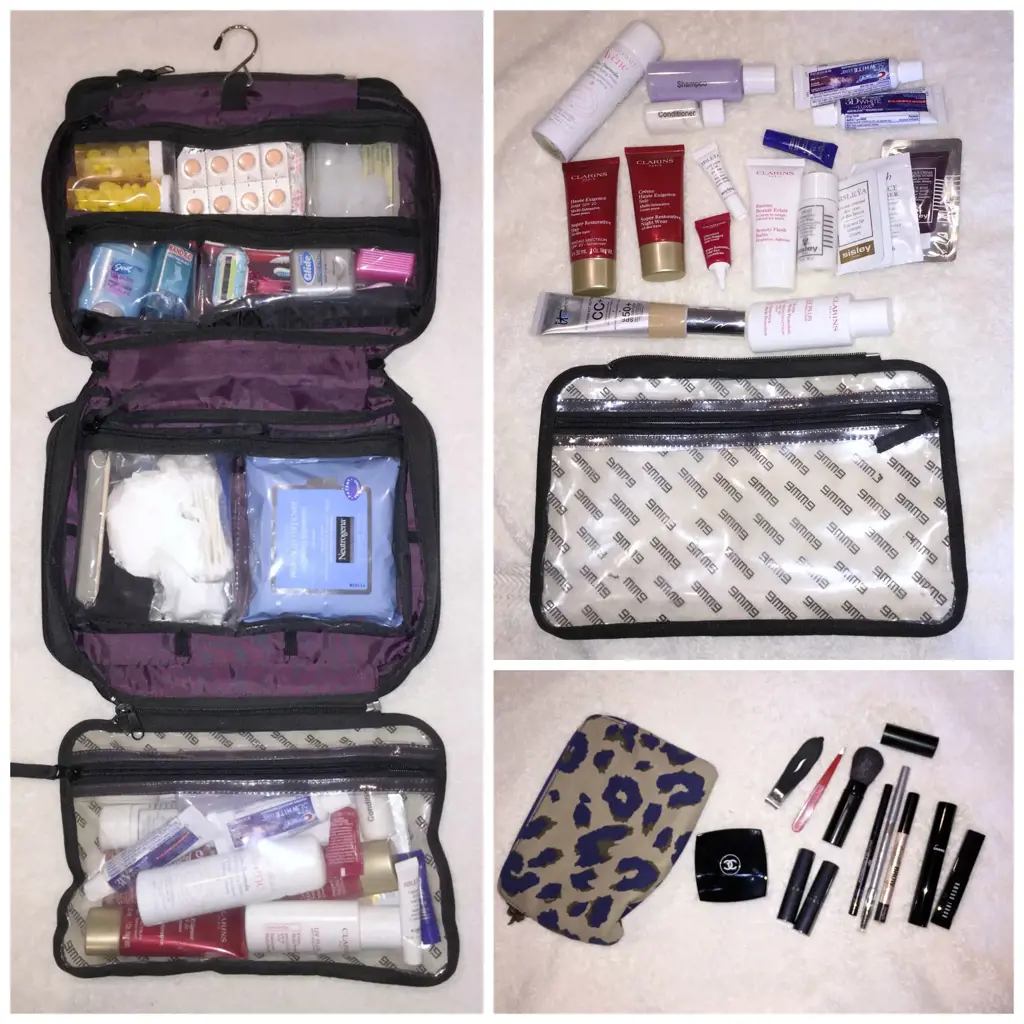
When it comes to traveling with liquids in your carry-on bag, there are specific restrictions that you need to be aware of. These restrictions are in place to ensure the safety of all passengers on the plane.
The Transportation Security Administration (TSA) has implemented a 3-1-1 rule for liquids carried in your carry-on bag. This rule states that all liquids must be in containers that are 3.4 ounces or less, and all containers must fit into a single, clear, quart-sized zip-top bag. Each passenger is limited to one bag of liquids.
This means that you can bring small containers of liquids, such as travel-sized toiletries, in your carry-on bag. Examples of liquids that are allowed include shampoo, conditioner, lotion, toothpaste, and contact lens solution. However, it is important to note that each container must be 3.4 ounces or less, and all containers must fit into a quart-sized bag.
There are also some liquids that are exempt from the 3-1-1 rule. These liquids include medications, baby formula and breast milk for infants, and liquid-filled teethers. These liquids are allowed in larger quantities and do not need to be placed in a quart-sized bag. It is advisable to inform the security officer at the checkpoint that you have these exempt items in your bag.
It is important to pack your carry-on bag in a way that allows for easy inspection by security officers. This means placing your quart-sized bag of liquids in a separate compartment of your bag so that it can be easily removed for screening. It is also a good idea to keep any medications separate for easy access during the security screening process.
If you are unsure if a liquid is allowed in your carry-on bag, it is best to err on the side of caution and leave it behind or pack it in your checked luggage. It is always better to be safe than sorry when it comes to complying with TSA regulations.
In conclusion, when it comes to liquids in your carry-on bag, there are specific restrictions that need to be followed. The 3-1-1 rule is in place to ensure the safety of all passengers on the plane. It is important to pack your liquids in containers that are 3.4 ounces or less and to place them in a quart-sized zip-top bag. Some liquids are exempt from these restrictions, such as medications and baby formula. It is important to pack your carry-on bag in a way that allows for easy inspection by security officers. If you are unsure if a liquid is allowed, it is best to leave it behind or pack it in your checked luggage.
The Impact of Ballotpedia's Travel Restrictions on Political Engagement
You may want to see also

Are there any exceptions to the liquid restrictions, such as for medications or baby formula?
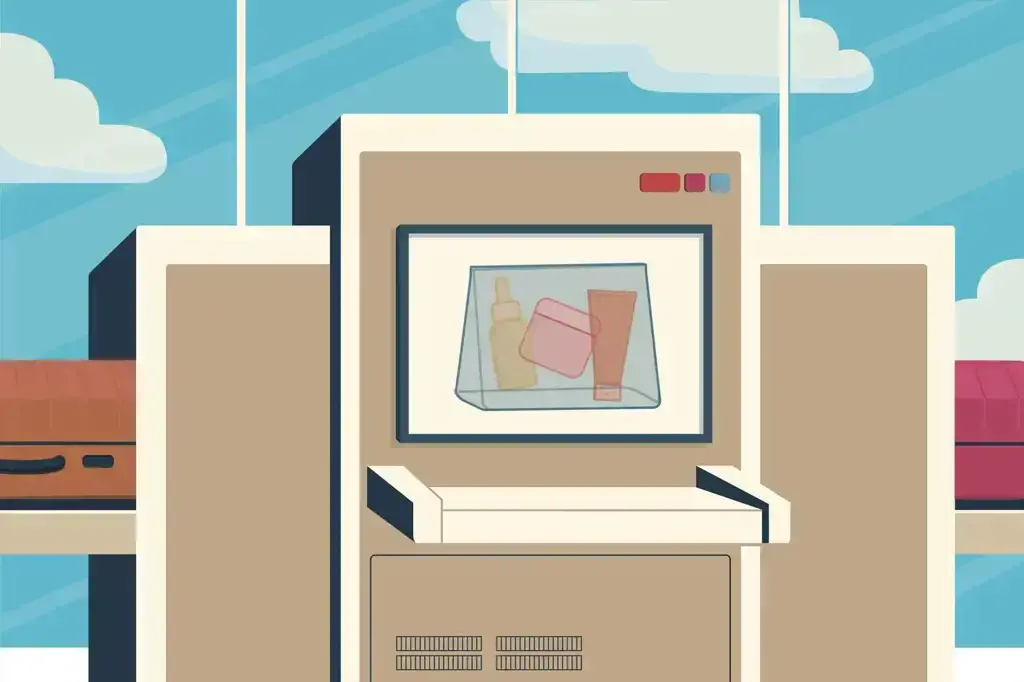
When it comes to liquid restrictions while traveling, there are a few exceptions to the rule, especially when it comes to medications and baby formula. These exceptions are in place to ensure the health and safety of travelers, but they still require adherence to specific guidelines.
For medications, the Transportation Security Administration (TSA) recognizes that some travelers may require liquid medications for medical conditions. These medications can be in the form of prescribed medications, over-the-counter medications, or even medically necessary creams and liquids.
To bring liquid medications through the security checkpoint, the following steps should be followed:
- Declare your medications: Inform the TSA officer that you have liquid medications in your carry-on bag. This will allow them to assist you in navigating the necessary procedures.
- Separate your medications: Place your liquid medications separately in a clear, quart-sized bag. This will allow for easy inspection and minimize any delays during the screening process.
- Documentation: Carry the necessary documentation supporting your need for the liquid medications. This can include prescriptions, doctor's notes, or any other relevant documentation. Although not always required, having this documentation can help expedite the process and prevent any potential issues.
- Screening process: When you approach the security checkpoint, notify the officer that you have liquid medications and present them with the necessary documentation. They will then guide you through the screening process, which may involve additional screening procedures such as X-ray or visual inspection of the medications.
For baby formula and breast milk, the TSA also provides exceptions to the liquid restrictions. Parents or guardians traveling with infants or young children are allowed to bring a reasonable amount of baby formula or breast milk through the security checkpoint, even if it exceeds the standard 3.4-ounce limit.
Here are the guidelines for bringing baby formula and breast milk:
- Declare your formula or breast milk: Inform the TSA officer that you have baby formula or breast milk in your carry-on bag. This will allow them to assist you in the necessary procedures.
- Separate your liquids: Separate your baby formula or breast milk from the rest of your carry-on items. Place them in a separate bag for easy inspection.
- Screening process: When you approach the security checkpoint, notify the officer that you have baby formula or breast milk. They may need to perform additional screening procedures, such as X-ray or visual inspection, to ensure the safety of the liquid.
It is important to note that these exceptions apply only to the liquid medications and baby formula necessary for the duration of the flight. Any additional liquids, such as water or other beverages, must adhere to the standard liquid restrictions.
In conclusion, there are exceptions to the liquid restrictions for medications and baby formula. However, it is crucial to follow the specific guidelines set by the TSA to ensure a smooth and hassle-free security screening process. Remember to declare your liquids, separate them for inspection, and carry any necessary documentation to support your need for the exceptions. By following these steps, you can ensure that your necessary liquids are allowed through the security checkpoint while maintaining the safety and security of all travelers.
Understanding the Active Duty Military Travel Restrictions in Morocco
You may want to see also

How strictly are the liquid restrictions enforced at airport security?
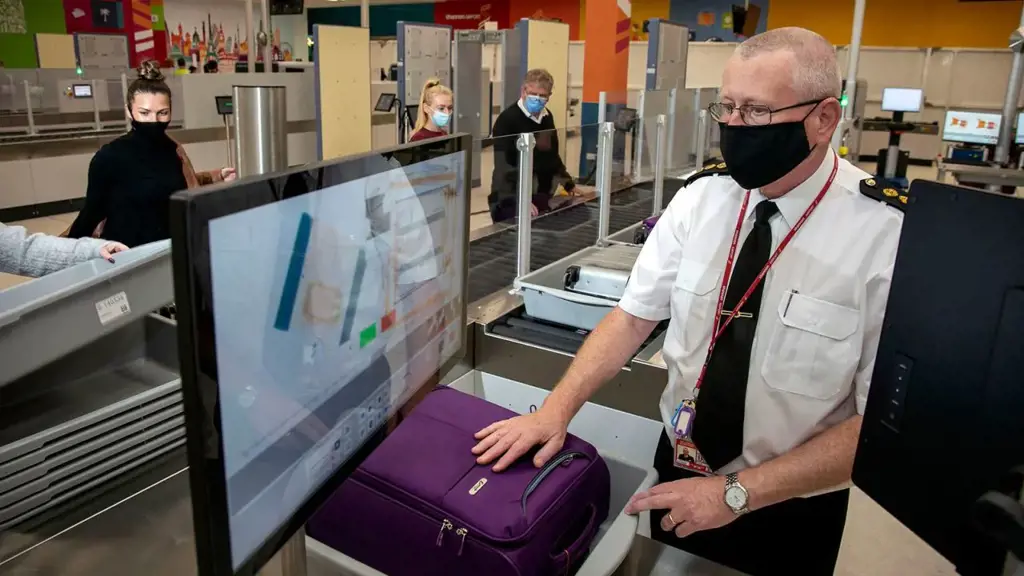
Airport security has become increasingly stringent in recent years, with liquid restrictions being one of the most strictly enforced rules. This is mainly due to the potential threat of liquid explosives being used to carry out terrorist attacks. To ensure the safety of passengers and aircraft, airports around the world have implemented strict regulations regarding the carrying of liquids in hand luggage.
The most common liquid restriction is the "3-1-1" rule, which states that passengers are only allowed to bring liquids in containers that are no larger than 3.4 ounces (100 milliliters) in their carry-on bags. All of these containers must fit into a single clear, plastic, quart-sized bag. Each passenger is only allowed one bag.
To enforce these restrictions, airports use a combination of technology and human screening. At the security checkpoint, passengers are required to remove their liquids from their bags and place them in a separate bin for screening. This allows the screening officers to visually inspect the liquids and ensure that they comply with the restrictions.
In addition to visual screening, airports also use X-ray machines to scan liquids. X-ray technology can detect any suspicious substances or items inside the containers. If a liquid raises suspicion, additional tests may be conducted to determine its composition.
Airport security also relies on strict adherence to the 3-1-1 rule by passengers. Before reaching the security checkpoint, passengers are expected to be aware of the liquid restrictions and pack their liquids accordingly. Failure to comply with the regulations can result in the confiscation of the liquid or even a fine.
Some passengers may wonder if these liquid restrictions are really necessary. The answer is yes, they are. In the past, terrorists have attempted to carry out attacks using liquid explosives. The most notable example is the 2006 plot to blow up transatlantic airliners using liquid explosives disguised as beverages. This near-miss has prompted airports to implement strict liquid restrictions to prevent such attacks from happening in the future.
While the liquid restrictions may seem inconvenient to some passengers, they are an important part of ensuring the safety of air travel. By following these rules and cooperating with airport security, passengers can help to maintain a secure environment for everyone.
In conclusion, airport security enforces liquid restrictions quite strictly. Passengers are only allowed to bring limited amounts of liquids in their carry-on bags and these liquids must be placed in a single, clear, plastic bag for screening. X-ray technology and visual inspections are used to ensure compliance with the restrictions. It is important for passengers to be aware of and follow these rules to maintain the safety of air travel.
Navigating Air Travel Restrictions to Hawaii: Everything You Need to Know
You may want to see also

Are there any alternative options for carrying liquids on a plane, such as travel-sized containers or special screening processes?
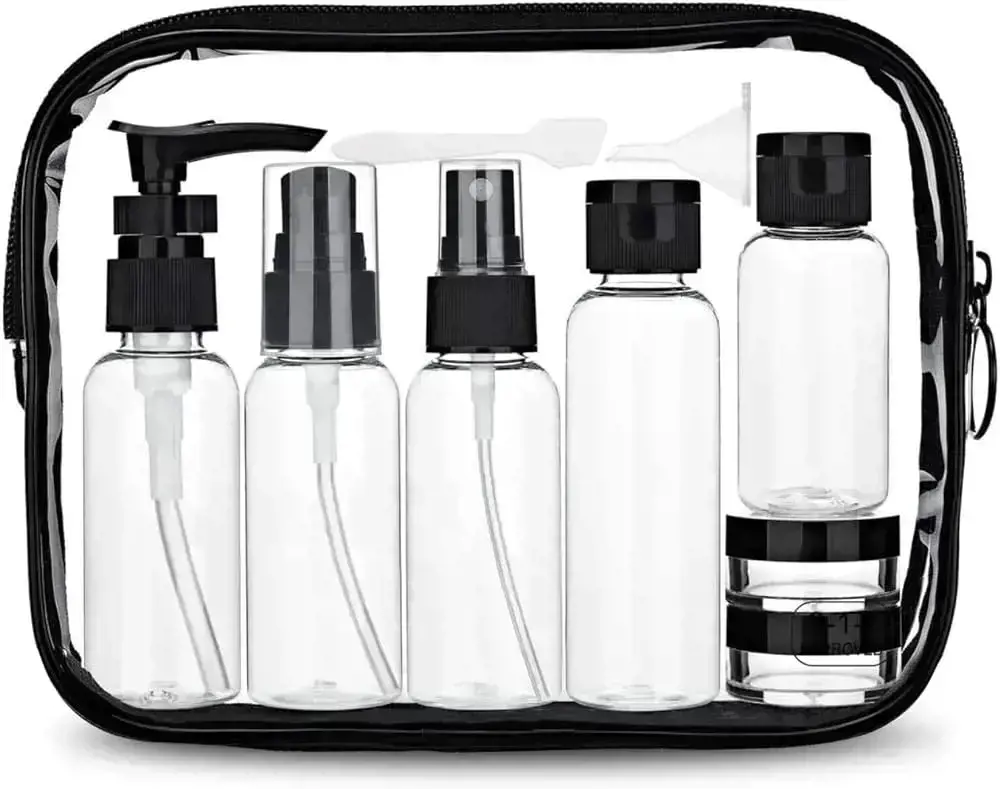
When it comes to air travel, there are strict regulations in place regarding the carrying of liquids. This is primarily due to security concerns, as liquid explosives can pose a significant threat. However, there are some alternative options available for passengers who wish to carry liquids on a plane. These options include travel-sized containers and special screening processes.
One alternative option for carrying liquids on a plane is to use travel-sized containers. These are small containers that are specifically designed for air travel. They typically have a capacity of 3.4 ounces (100 milliliters) or less, which is the maximum allowed under current regulations. Travel-sized containers are often sold in sets, which also include a clear, zip-top plastic bag to hold them.
Using travel-sized containers allows passengers to bring small amounts of liquids, such as toiletries and medications, in their carry-on bags. This can be especially convenient for individuals who prefer to have their essentials with them during their flight. However, it is important to note that only one quart-sized bag per passenger is allowed, and all liquids must fit within this bag.
In addition to travel-sized containers, there are also special screening processes that passengers can take advantage of. One example is the TSA PreCheck program, which allows qualifying individuals to go through an expedited security screening process. This can save time and hassle, as passengers do not need to remove their liquids from their bags.
To be eligible for TSA PreCheck, passengers must apply and be approved by the Transportation Security Administration. Once approved, they will receive a Known Traveler Number, which grants them access to the expedited screening process. This can be a great option for frequent travelers or individuals who value convenience and efficiency.
In conclusion, while there are strict regulations regarding the carrying of liquids on a plane, there are alternative options available. Travel-sized containers allow passengers to bring small amounts of liquids in their carry-on bags, while special screening processes, such as TSA PreCheck, can expedite the security screening process. These alternatives provide convenience and peace of mind for individuals who need to carry liquids during air travel.
Frequently asked questions
The Transportation Security Administration (TSA) has implemented liquid restrictions for airplane travel. Passengers are allowed to bring liquids in containers that are 3.4 ounces (100 milliliters) or less. These containers must be placed in a clear, quart-sized bag and each passenger is limited to one bag. Any liquids that exceed these restrictions must be packed in checked baggage.
Yes, there are a few exceptions to the liquid restrictions. Medications, including prescription and over-the-counter drugs, are permitted in larger quantities. Passengers must declare these medications to the security officers at the checkpoint and they may need to be screened separately. Additionally, baby formula, breast milk, and juice for infants or toddlers are allowed in larger quantities. These items should also be declared to the security officers at the checkpoint.
The liquid restrictions for airplane travel were implemented after a foiled terrorist plot in 2006. The plot involved liquid explosives that were in carry-on bags. To ensure the safety of passengers and prevent any potential threat, the TSA implemented the liquid restrictions. These restrictions help to minimize the risk of liquid explosives being brought on board the aircraft. While they may be inconvenient for passengers, they are an important security measure that helps to ensure safe air travel for everyone.







